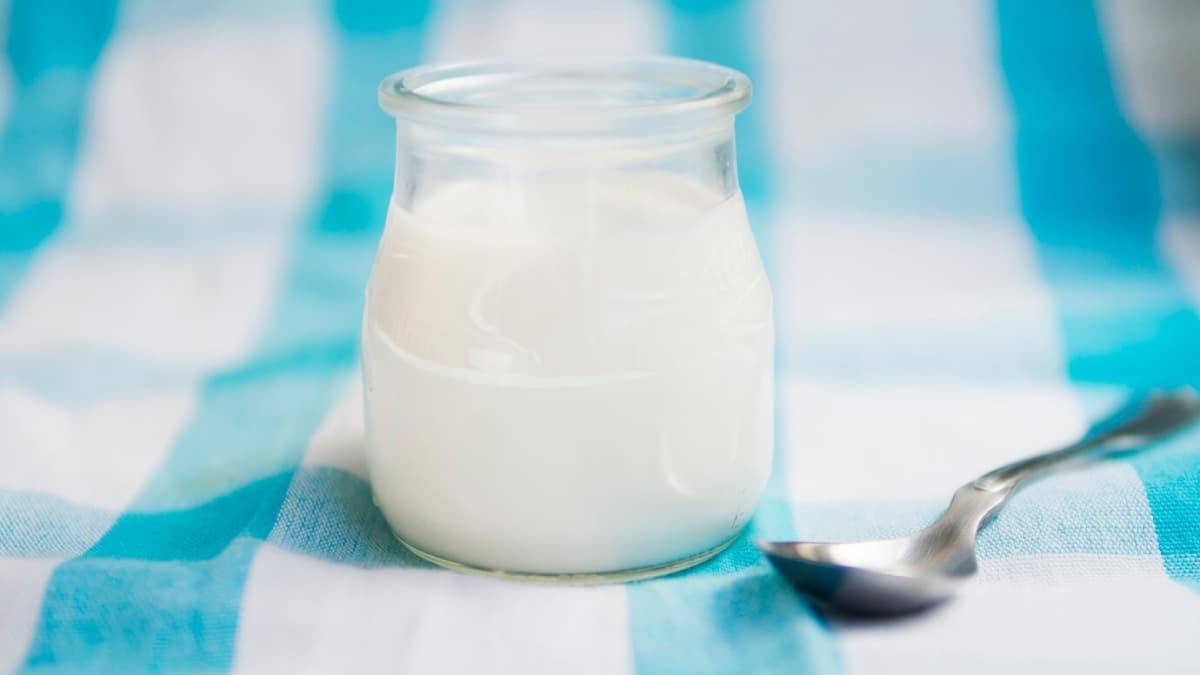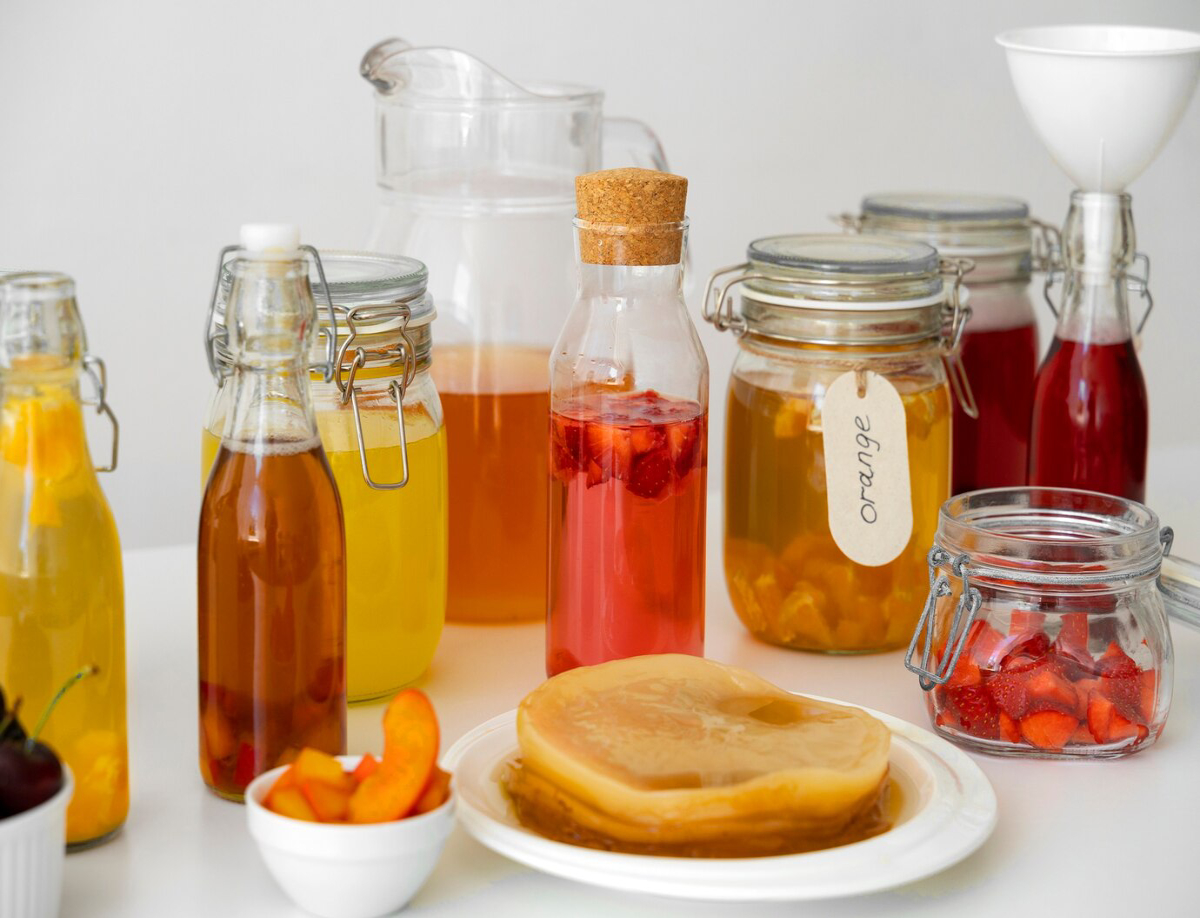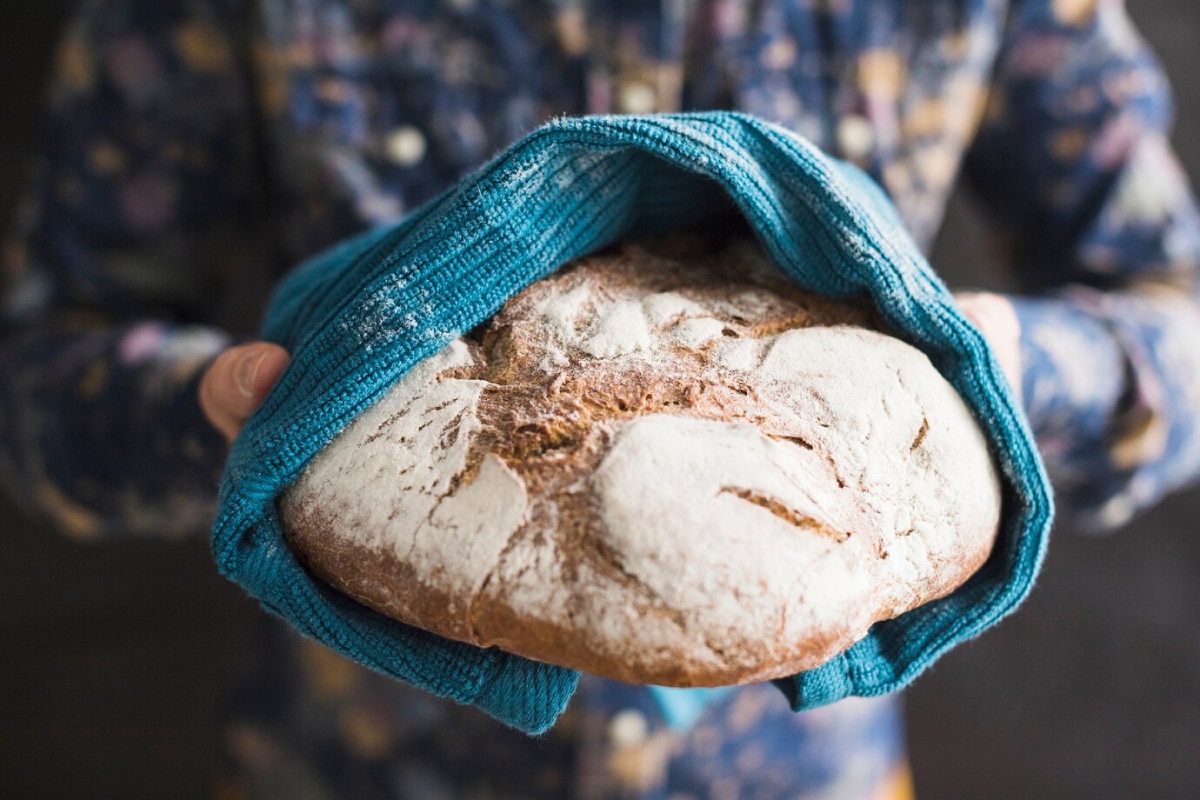
Creating Flavorful Mustard with the Power of Natural Fermentation
Ketchup and mayonnaise might dominate the condiment shelf, but there’s one unsung hero that punches far above its weight: mustard. It’s bold, spicy, and utterly transformative. But have you ever tried mustard that goes beyond the jar, into the realm of natural fermentation? Welcome to the world of fermented mustard — where flavour meets function in the most delicious way.
In this guide, you’ll learn how to create your own fermented mustard recipe at home using traditional lacto-fermentation techniques. We’ll explore why this ancient method enhances taste, adds gut-friendly probiotics, and puts you in total control of your food. Whether you’re new to natural condiment making or a fermentation veteran, you’ll find everything you need here.
Ready to shake up your sauce game? Let’s get mixing, fermenting, and flavour-exploring!
Why Ferment Mustard?
Mustard, but Better
Traditional mustard is already tangy thanks to vinegar and mustard seeds. But fermenting it naturally deepens its complexity and introduces live cultures for extra health benefits.
Key Benefits:
- Boosts gut health with live probiotics
- Adds natural preservation through lactic acid
- Intensifies flavour while mellowing bitterness
- Reduces anti-nutrients found in raw mustard seeds
You also get the satisfaction of creating something completely from scratch – no artificial additives, stabilisers, or hidden sugars.
Want to explore more condiments with benefits? Try our Fermented Garlic in Honey.

The Science of Fermented Mustard
Fermentation relies on beneficial bacteria (primarily lactic acid bacteria) converting natural sugars into lactic acid. In mustard, these sugars come from soaked mustard seeds and optional sweeteners like honey.
This process:
- Lowers pH, making the mustard shelf-stable
- Adds tanginess without vinegar
- Supports digestion and immune health through probiotics
Mustard seeds also contain myrosinase, an enzyme activated by water that contributes to their heat. Fermentation tempers this intensity, leaving you with a bold but balanced profile.
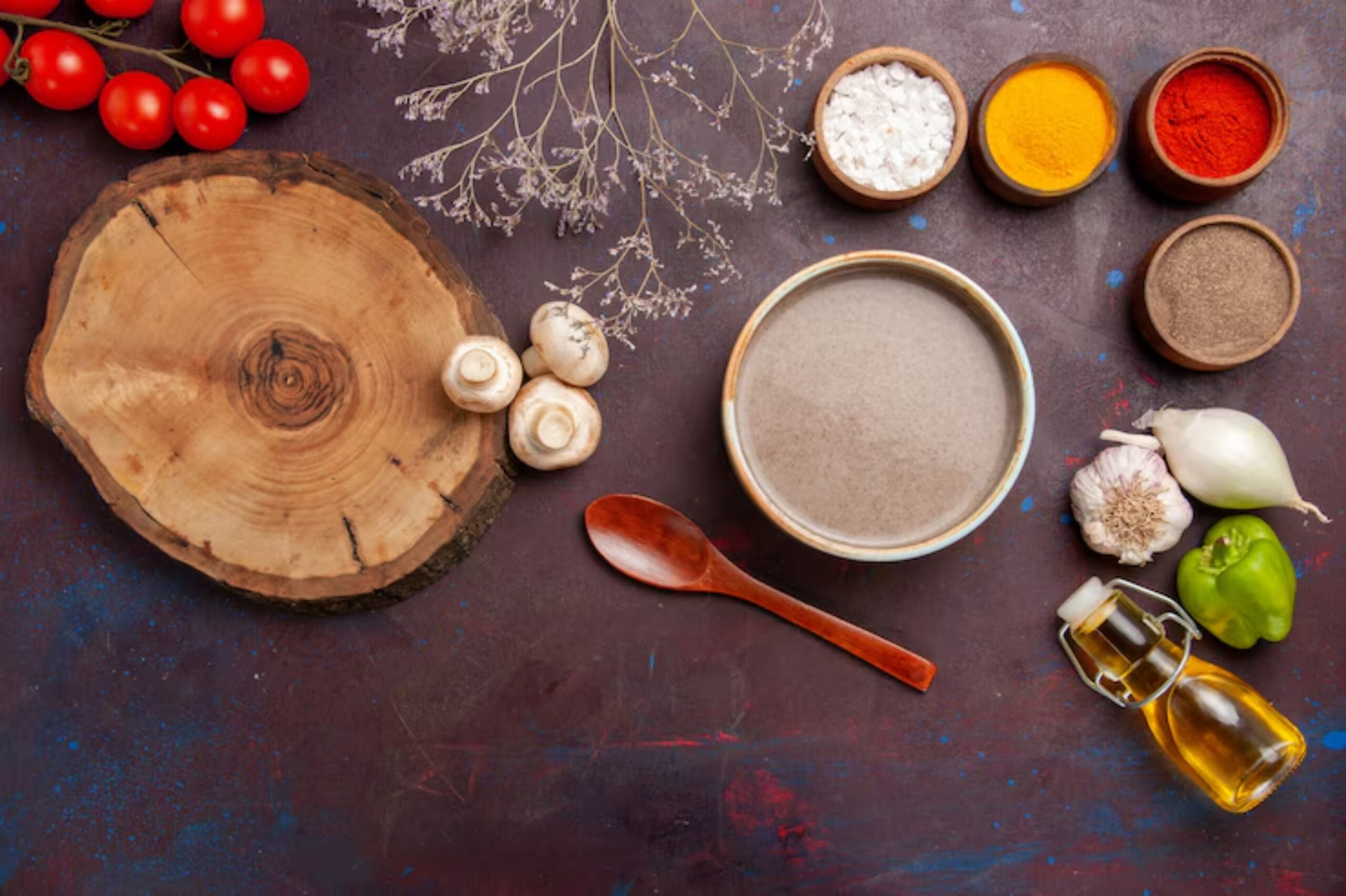
Ingredients & Equipment for Natural Condiment Making
Core Ingredients:
- 1/2 cup yellow mustard seeds (mild) or brown (hotter)
- 1/2 cup filtered water (non-chlorinated)
- 1 teaspoon sea salt (non-iodised)
Optional Add-Ins:
- 1 clove garlic, minced
- 1 tablespoon raw honey or maple syrup (for sweet balance)
- 1/4 teaspoon turmeric, paprika, or chilli flakes
- 2 tablespoons sauerkraut brine or whey (starter culture)
Tools You’ll Need:
- 250ml glass jar (sterile)
- Lid (plastic preferred)
- Small bowl for soaking
- Blender or mortar and pestle
- Label or tape to mark the date
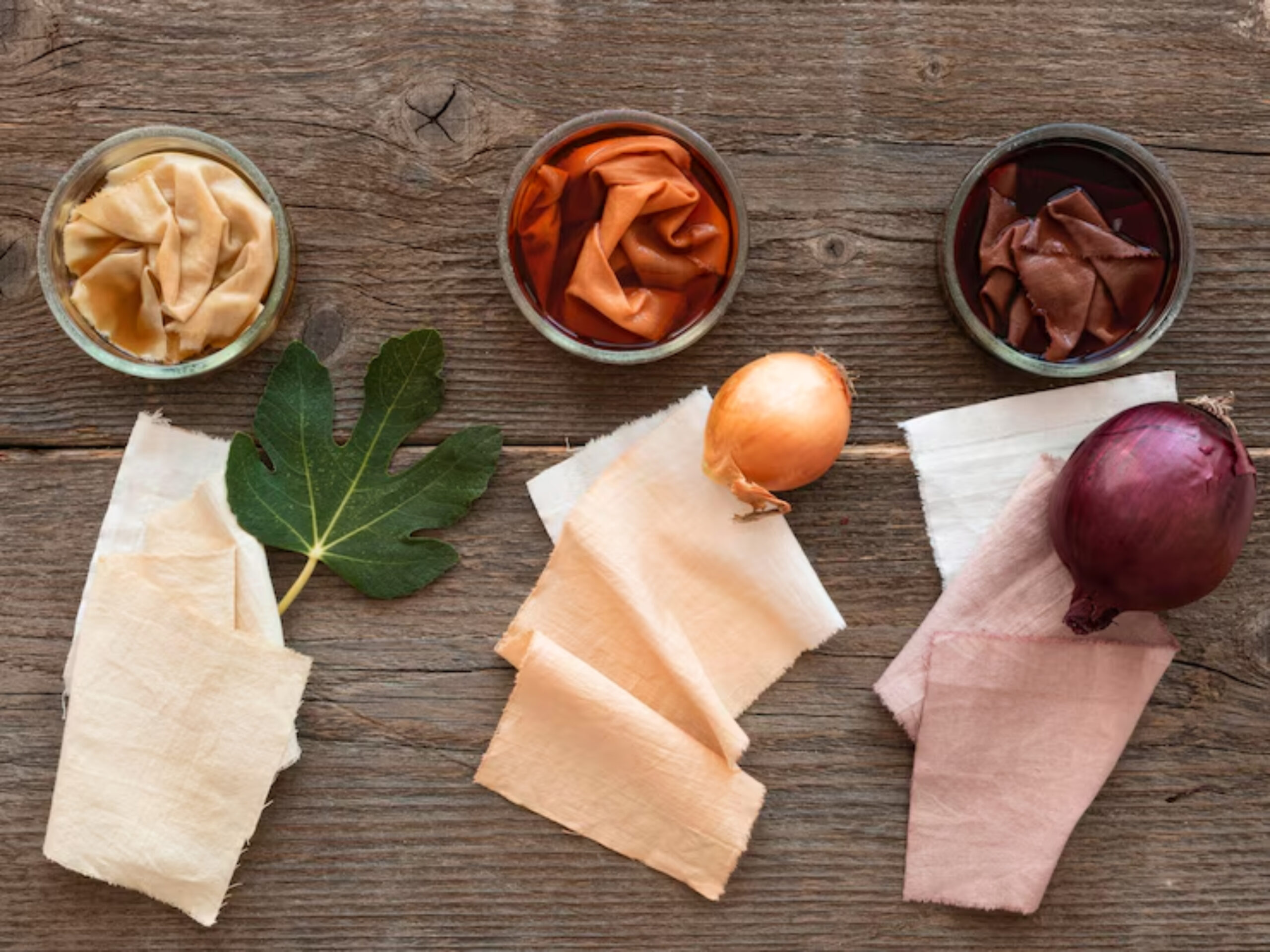
DIY Fermented Mustard Recipe: Step-by-Step
Step 1: Soak Your Seeds
Place mustard seeds in a bowl and cover with filtered water. Let them soak for 12–24 hours at room temperature.
Tip: Yellow seeds are milder. Brown or black seeds bring more heat.
Step 2: Blend the Base
- Drain the soaked seeds (but reserve a few tablespoons of the soaking water).
- Add seeds to a blender or pestle.
- Add salt, garlic, sweetener, and any spices.
- Pulse to your desired texture (chunky or smooth).
- Use reserved liquid to adjust consistency.
Step 3: Pack and Cover
- Spoon the mustard into your clean glass jar.
- Press down to eliminate air pockets.
- Leave 1 inch of headspace at the top.
- Loosely cover or use a fermentation lid.
Step 4: Ferment Naturally
- Leave at room temperature (18–22°C) for 5–7 days.
- Taste-test daily after day 3.
- Once tangy and mellow, refrigerate to stop fermentation.
Note: Fermented mustard becomes more balanced over time. If it’s too fiery at first, wait a week in the fridge.
Customisation Ideas: Your Mustard, Your Way
Sweet Mustard
- Add more honey or maple syrup post-fermentation
- Mix with apple juice concentrate for mild kids’ version
Spicy Mustard
- Blend in extra chilli flakes, horseradish, or jalapeño
- Try a touch of wasabi for a Japanese twist
Herb-Infused Mustard
- Mix in dried thyme, rosemary, or dill
- Add a spoonful of fresh chopped tarragon
How to Use Fermented Mustard
You’ll quickly find it goes with everything. Here are a few ideas:
- Spread on sandwiches and wraps
- Stir into salad dressings or marinades
- Mix into potato salad or coleslaw
- Brush over meats or tofu before roasting
- Blend with yoghurt for a dipping sauce
Mustard Fermentation FAQs
Can I use pre-ground mustard powder?
You can, but you’ll miss the textural bite and some probiotic depth. Whole seeds are best.
Is fermentation safe without a starter culture?
Yes. The salt and mustard enzymes inhibit bad bacteria while encouraging natural lactic acid producers.
How long does it last?
Refrigerated fermented mustard can last 2–3 months. Always use clean utensils.
What if it smells too strong?
Fermented mustard has a naturally pungent scent. If it smells sour in a foul way or shows mould, discard it.
Real-Life Fermentation Tales
“This mustard turned our basic sandwiches into something gourmet. It’s become a weekly staple.” — Sarah, home cook from Edinburgh
“My partner used to hate mustard. Now he puts this fermented version on everything – even stir fries!” — Joanne, food blogger from Bath
“I started selling jars at my farmer’s market stall. Customers say it reminds them of French deli mustard.” — Amir, fermenter in Birmingham
Storage, Safety & Longevity
- Storage: Always refrigerate after fermentation
- Shelf life: Up to 3 months if stored well
- Check for spoilage: Off smells, discolouration, or visible mould = compost it
- Flavour improves over time as it mellows
A Tangy Tradition You Can Taste
Making your own fermented mustard recipe is one of the most rewarding ways to start your journey into natural condiment making. It’s cheap, easy, and full of health-boosting potential. And let’s be honest – it tastes incredible.
You’re not just making mustard; you’re creating a living food with centuries of tradition, ready to elevate your everyday meals.
Give it a try! Share your customisations in the comments, tag us in your fermenting adventures, or subscribe for more gut-friendly recipes.
Explore easy fermentation tools with Must-Have Tools for Home Fermentation
